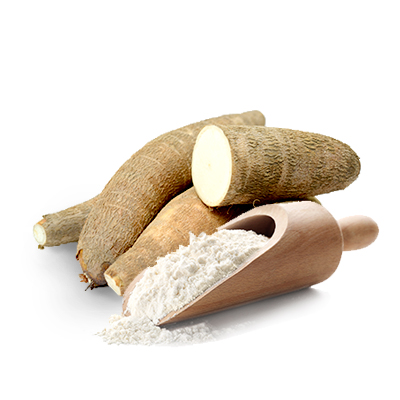วิเคราะห์การควบคุมกระบวนการในโรงโม่แป้ง ผลิตแป้งมัน แป้งมันสำปะหลัง และตรวจสอบความชื้นแป้งมันสำปะหลัง Flour และ Starch
Smart NIR เซ็นเซอร์สำหรับการวิเคราะห์แป้งในกระบวนการผลิตแป้งมัน แป้งมันสำปะหลัง และตรวจสอบความชื้นแป้งมันสำปะหลัง เพื่อเพิ่มประสิทธิภาพกระบวนการสี ซึ่งคงคุณภาพโปรตีน ตามหลักการแล้วความชื้นจะถูกควบคุมภายใน 0.5% เมื่อความชื้นแป้งมัน ความชื้นแป้งมันสำปะหลัง อยู่ในระดับความชื้นที่เหมาะสม กระบวนการสีจะได้ผลผลิตสูงขึ้น ใช้พลังงานน้อยลง และได้ผลผลิตที่สม่ำเสมอมากขึ้น
#การวัดและควบคุมความชื้นในการผลิตแป้งมัน
#Online Flour (Tapioca) Moisture Monitoring and Control

NIR APPLICATION IN Tapioca, Flour Milling
Process Control Analysis Points in a Flour Mill, Tapioca Flour
There are multiple points in the flour processing procedure where accurate and timely analytical values can help control the process, saving money and improving yield.
Incoming wheat can be analyzed for protein, and moisture. Wheat is traded based on protein and moisture content. Optimizing the raw ingredients to the final product will produce higher quality final products with higher yield and less re-work.
Blending individual bins of wheat can help to obtain a target protein content. Analyzing the blend can confirm the composition of the wheat before the labor-intensive tempering and milling
The tempering process introduces moisture to the wheat kernel to optimize the milling process. Ideally, the moisture is controlled within 0.5%. When wheat is at the optimal moisture, the milling process has a higher yield, uses less energy, and produces more consistent products and co-products.
In-process milling samples can be analyzed for ash and protein content to determine yield or sieve effectiveness and optimize the yield or quality.
To obtain a final product of a particular grade or characteristic such as protein or ash level, flour blending is frequently employed to ensure quality and uniformity. Blended flours can be analyzed in-process to verify the production, minimizing rework.
Co-products can be analyzed to determine the value and quality for use as an ingredient. Protein, fiber and moisture are typical constituents to measure.
Analysis of the finished flour verifies the proper quality and grade of the final product. Ash, protein and moisture as well as properties such as water absorption and extensibility can be measured

